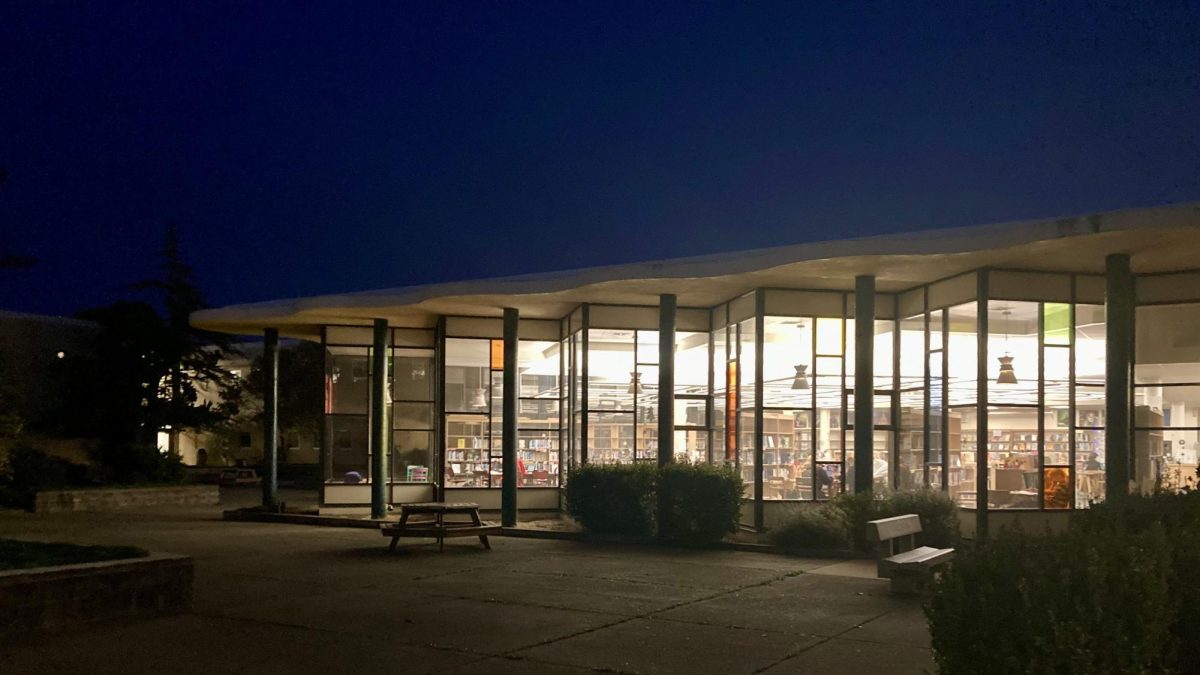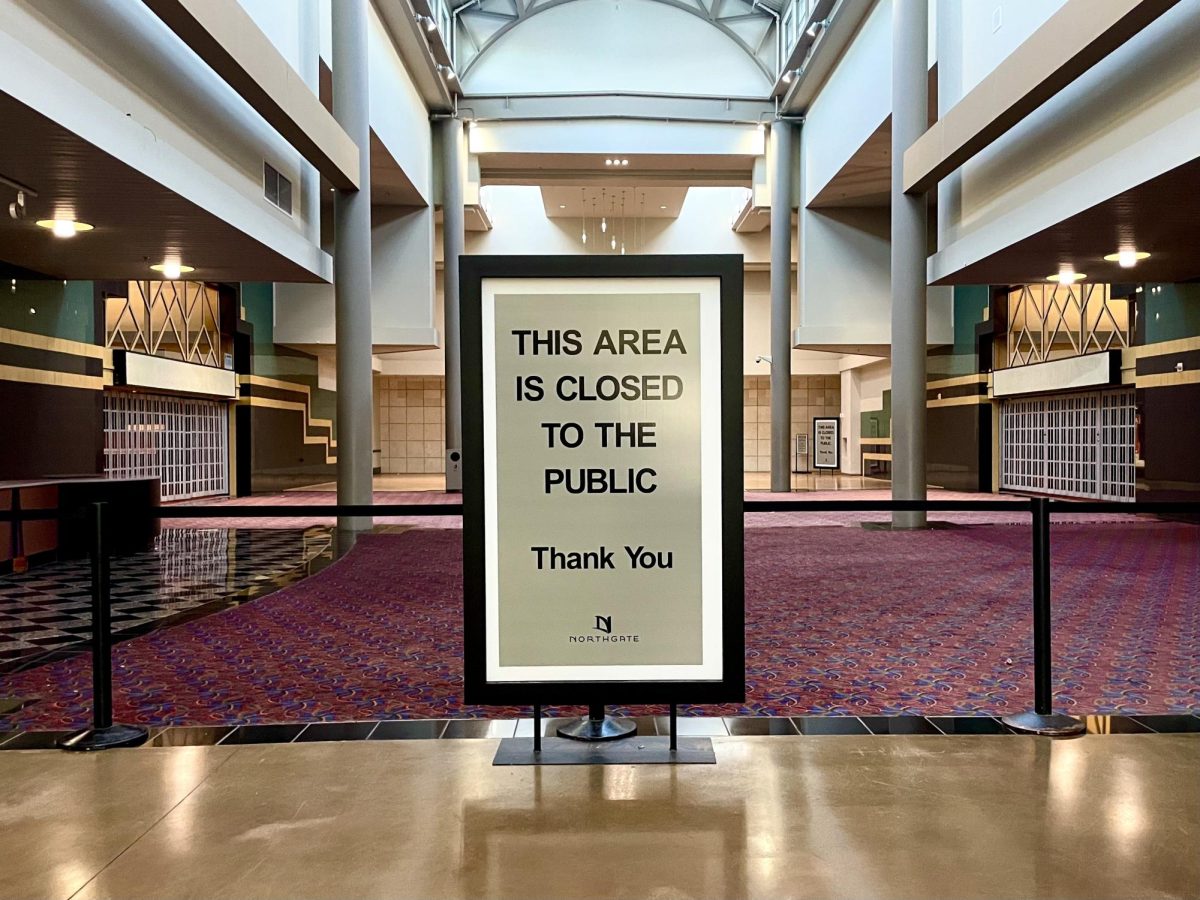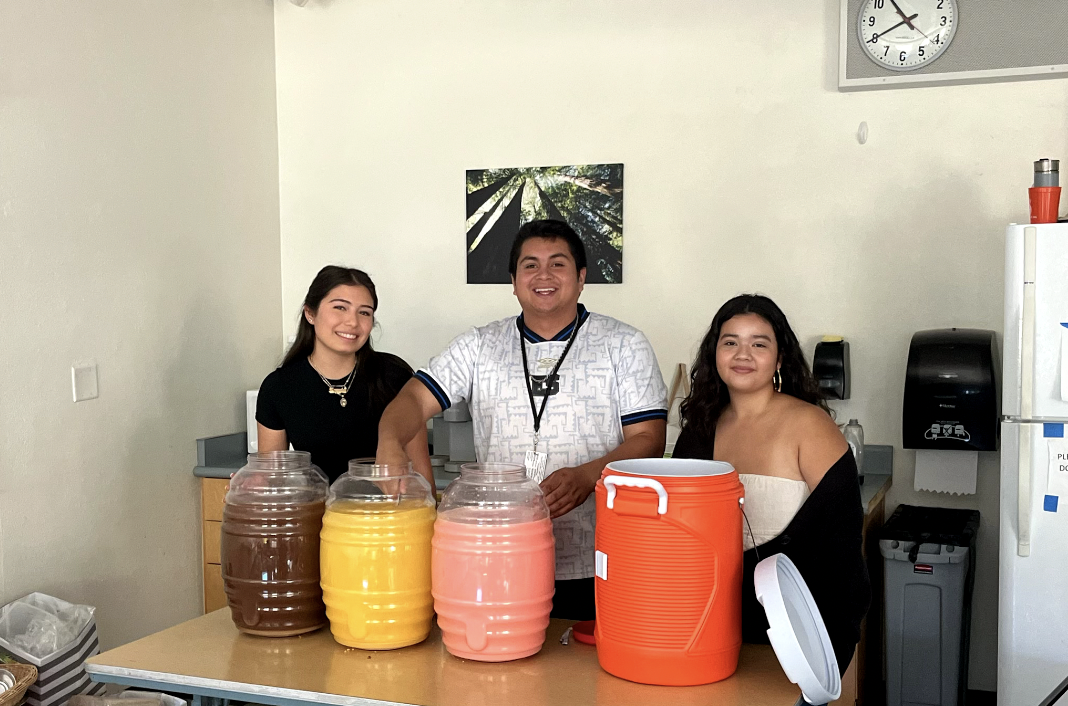The average sea levels have increased by more than 8 inches since 1880, with roughly three of those inches being added in the past 25 years, according to National Geographic. Human-induced global warming is a tremendous issue today and rising sea levels put several coastal communities such as Marin County at risk. Marin County is bordered by water on the South, East, and West, making it one of the Bay Area’s most vulnerable regions to the advancing threat of rising sea levels. Rising sea levels raise a large concern among the community about what is being done to address the issue at hand.
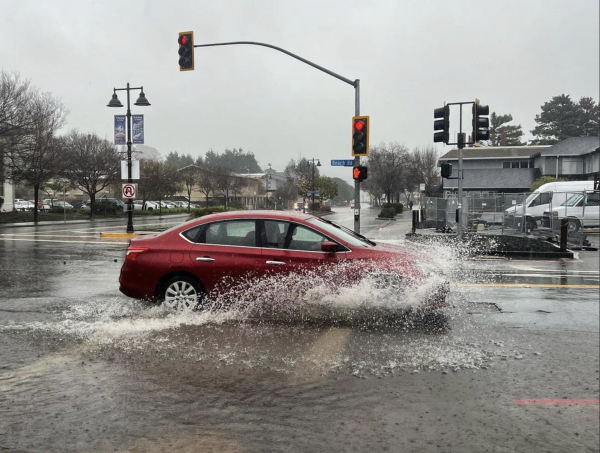
The Marin County Development Agency and the Flood Control District are continuously working towards solutions and holding community meetings to raise awareness and get people involved with addressing sea level rise.
Science teacher Jamie Garcia emphasizes the importance of citizen’s voices in the matter and that to move forward, education is key.
“Education plays a big role in understanding the science of climate change so that everyone can be educated to make decisions when voting on public policy,” Garcia said.
The Department of Public Works and the Community Development Agency are working on a plan for the Marin Ocean Coast and the Marin Bay shorelines. They focus on developing an understanding of the effects climate change is having on the sea levels and the effects it will have on the community of Marin.
Climate experts predict that by 2100, sea levels may rise approximately 70 inches. This will lead to an escalation in storm frequency, intensity and flood impact.
Chris Choo, the assistant director of the Community Development Agency, has been involved with finding solutions for rising sea levels and provided insight on what has been happening in the county to address it.
“It’s been a challenge just to get people not necessarily to engage and be interested, but to think about how we protect everything,” Choo said.
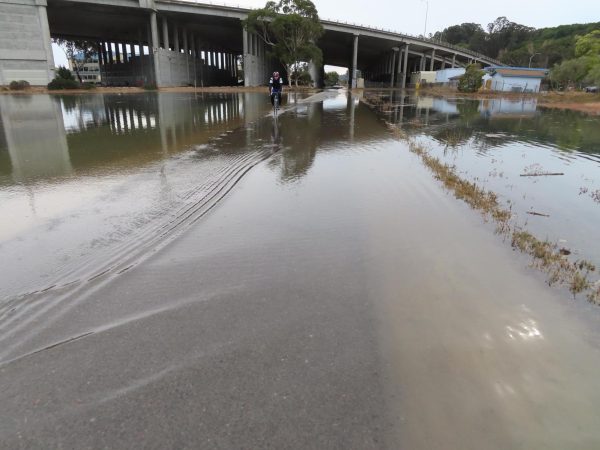
According to NASA, the increase in global sea levels is attributed to human-induced global warming, with recent rates surpassing any recorded over the past 2,500-plus years. With an increase in climate change, the question is not if, but when the sea levels will rise and become a threat to Marin County and how the community will address it.
The citizens of Marin are the main audience needed to create change and become proactive in seeking a needed solution.
“For most people, thinking about the next 20 years is probably reasonable. Trying to think about what might have been in 100 years, possibly after you’re dead, is much harder. So trying to just take little chunks, but also making sure that we don’t make decisions now that don’t allow us to fix things or change things if we need to adapt further,” Choo said.

